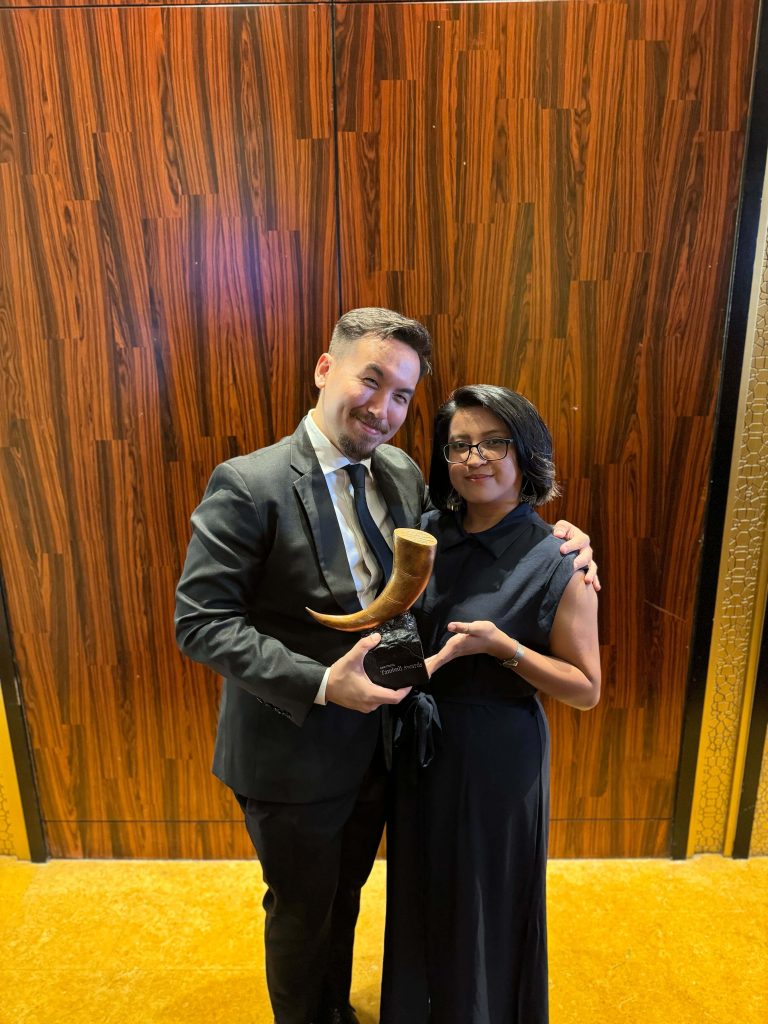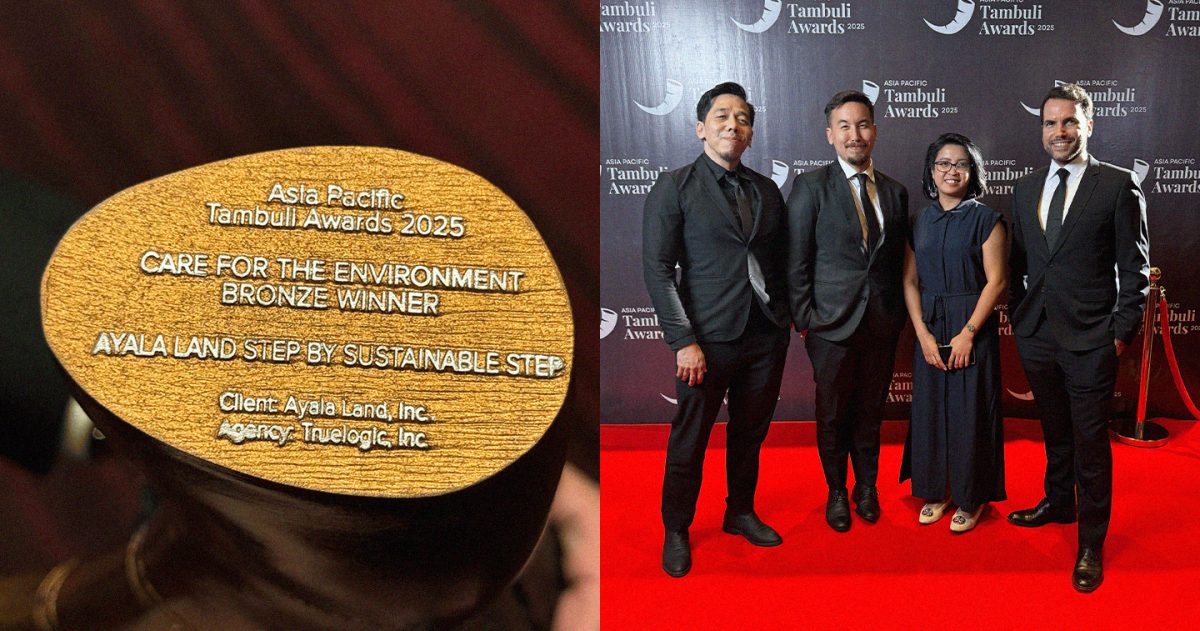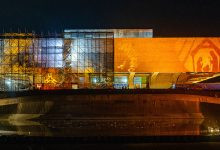MANILA, PHILIPPINES – Ayala Land’s bold commitment to sustainability was honored at the 2025 Asia Pacific Tambuli Awards for its “Step by Sustainable Step” campaign—an initiative aimed at raising awareness and sparking conversations around environmental responsibility and climate action. The campaign was brought to life through a data-driven digital strategy developed by Truelogic, its digital marketing partner.
Launched in 2023, the “Step by Sustainable Step” campaign showcased Ayala Land’s measurable efforts toward its goal of achieving net-zero carbon emissions by 2050. To help amplify this message to a broader audience, Truelogic crafted a targeted Meta ad campaign that translated complex sustainability data into compelling digital storytelling. The campaign effectively reached audiences nationwide, elevating engagement and public discourse around eco-conscious development.

In recognition of the campaign’s impact, Ayala Land, together with Truelogic, received a Tambuli Award on June 3 at the Grand Hyatt Manila. This milestone also marks Truelogic’s first Tambuli recognition, highlighting how digital marketing can be a powerful driver for purpose-led communication.
“We’ve always believed that digital marketing is more than just clicks and conversions, it’s a tool for real impact,” said Itamar Gero, CEO of Truelogic. “Supporting Ayala Land’s sustainability effort allowed us to do meaningful work that goes beyond business, and that’s something we’re proud of.”
The “Step by Sustainable Step” campaign outlined Ayala Land’s measurable progress toward sustainability, including:
- Energy efficiency across 111 buildings
- Over 172 million kWh saved in 2022
- 91% of commercial properties powered by renewable energy
- Reuse of over 200 tons of plastic since 2019
- More than 586 hectares of carbon forests and 200,000+ trees planted since 2018

“Truelogic has long been an exceptional partner—proactive, insightful, and deeply committed to our shared goals. Over the years, they’ve consistently delivered results with a reliable, solutions-driven approach that rises to every challenge. Their technical expertise, paired with the hands-on guidance of Heriel and Kevin, has brought measurable impact to our campaigns. With Truelogic, we don’t just have an agency—we have a trusted digital ally at every step,” said Princess Elaine Garcia, Associate Manager for Corporate Brand – Digital, Ayala Land Inc.
Truelogic translated this data into compelling digital content and optimized the campaign through Meta ads, targeting audiences likely to engage with eco-conscious messaging and brand storytelling. The result was heightened visibility for Ayala Land’s efforts, increased public engagement on sustainability, and meaningful conversations online.
“We wanted the campaign to go beyond numbers and connect emotionally,” said Kevin James Kramer, Truelogic Account Manager. “By leveraging performance marketing and half a decade’s worth of audience insights with Ayala Land’s campaigns, we ensured that the message of sustainability was heard and felt by the right people.”
Heriel Reyes, Paid Ads Team Lead at Truelogic, added, “We approached this not just as a marketing campaign, but as a movement. By using Meta ads’ robust targeting options, we hoped to boost Ayala Land’s message in making climate action part of everyday conversations.”
The Tambuli Awards is Asia Pacific region’s premier recognition for effective and purpose-driven marketing. Unlike traditional awards, it focuses on brand work that delivers both business results and social good. It recognized Truelogic and Ayala Land for merging digital innovation with sustainability, a powerful combination in today’s purpose-driven landscape.








